Spice Up Your Life: A Cajun & Creole Flavor Journey
Table of Contents
Introduction to Cajun and Creole Spices
If you've ever tasted a spicy gumbo or a smoky jambalaya, you know that the flavors of Louisiana are nothing short of magical. At the heart of this culinary magic are two distinct but often confused spice blends: Cajun and Creole. While both are rooted in the rich cultural tapestry of the American South, they each have their own unique flavor profiles, histories, and uses.
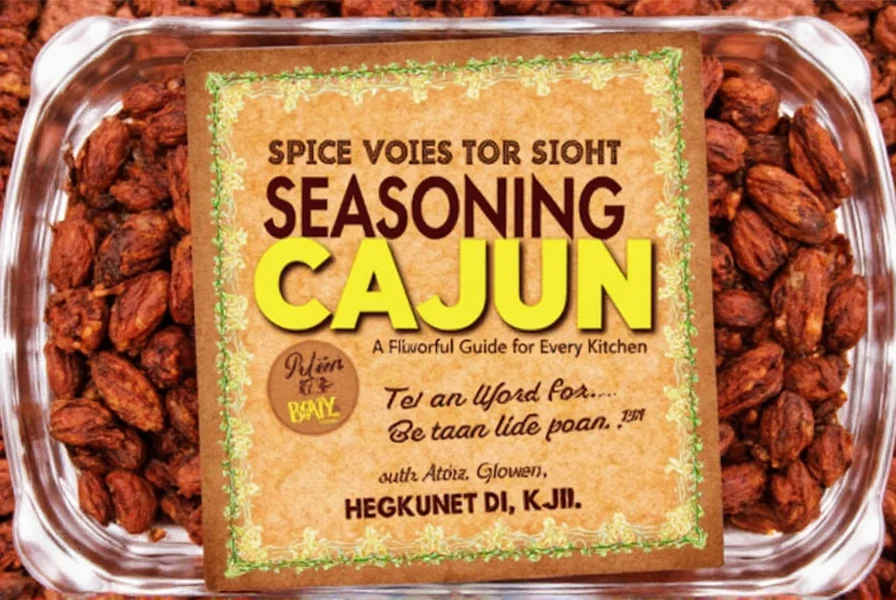
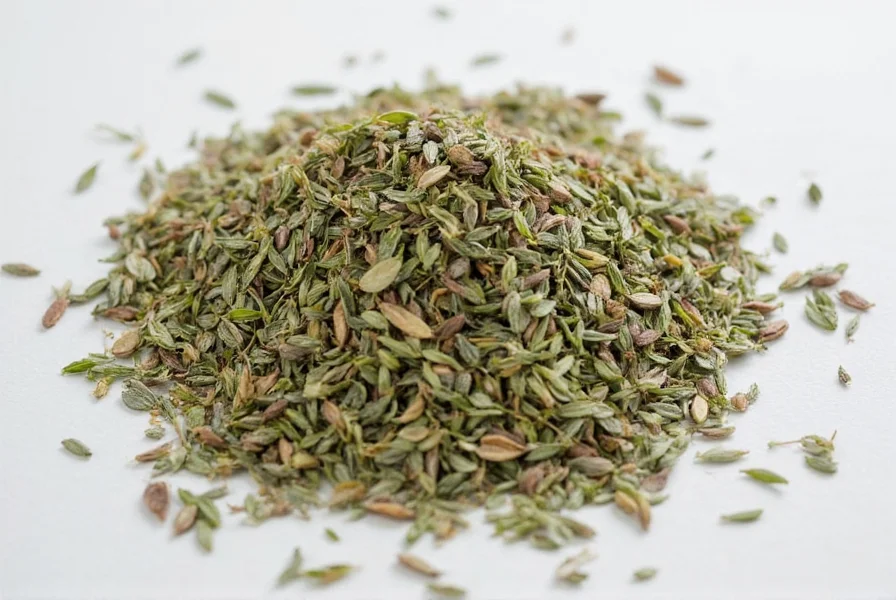
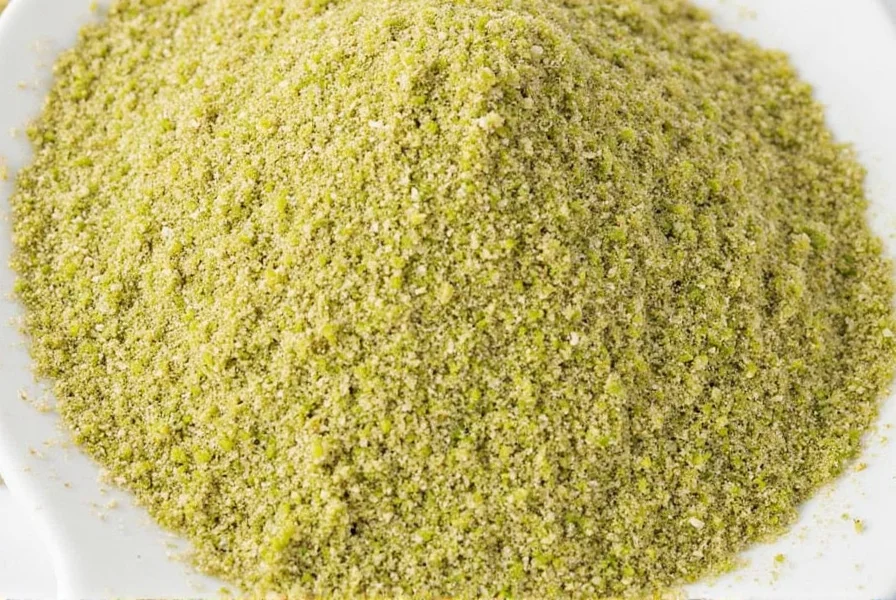
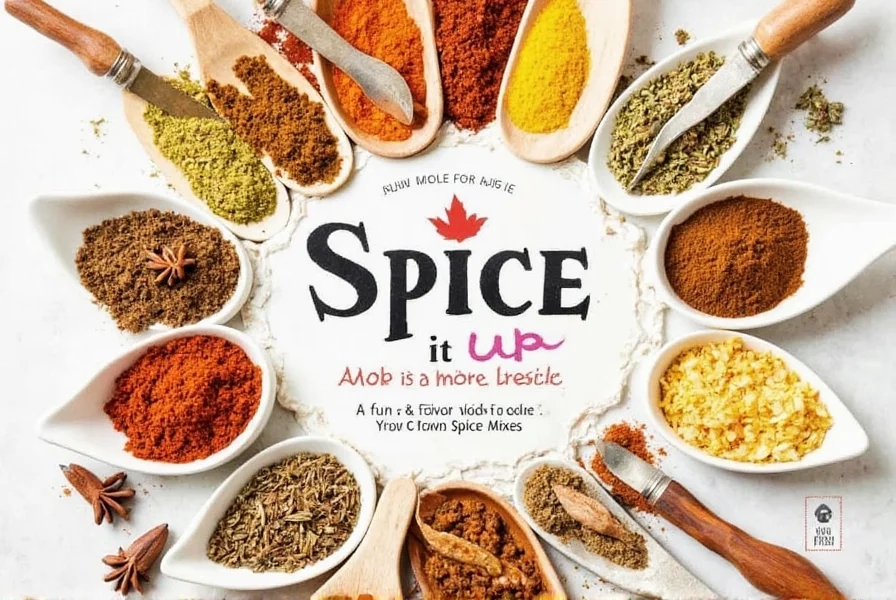
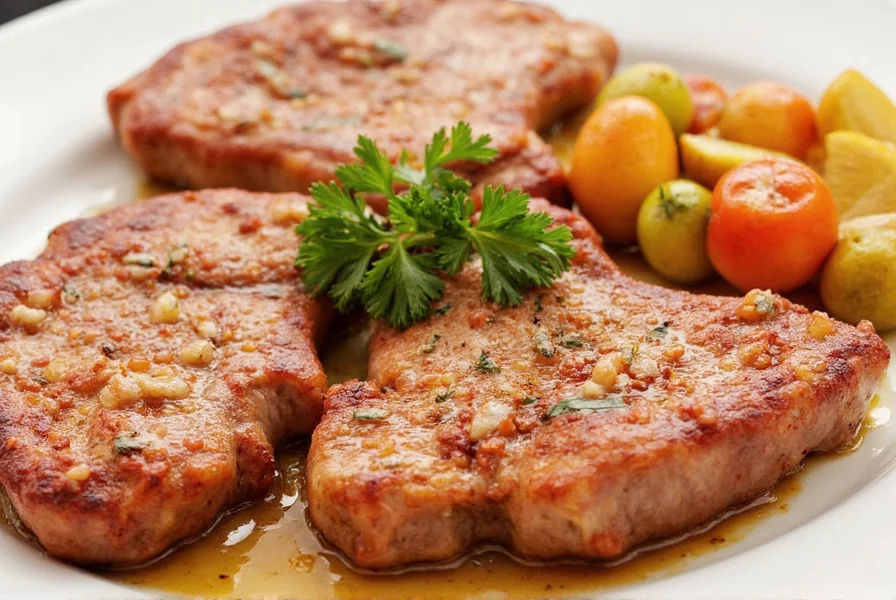
In this guide, we'll explore the world of Cajun and Creole spices—what makes them different, how to use them, and why they're so beloved by both amateur cooks and professional chefs alike.
Cultural Background of Cajun and Creole Cooking
To understand Cajun and Creole spices, it's essential to delve into their origins. These two styles of cooking emerged from the diverse cultures that shaped Louisiana over the centuries.
Cajun cuisine comes from the Acadian French settlers who migrated to Louisiana in the 18th century. They brought with them simple, hearty recipes that used locally available ingredients. The food was often cooked over open flames and seasoned with bold, rustic spices.
Creole cuisine, on the other hand, is more influenced by the city life of New Orleans. It has roots in French, Spanish, African, and Caribbean traditions. Creole dishes tend to be more refined, with a focus on balance and complexity in flavor.
Despite their differences, both cuisines share a deep love for spices. From the smoky heat of cayenne pepper to the earthy warmth of paprika, these spices are what give Cajun and Creole cooking its signature flair.
The Spice Comparison: Cajun vs. Creole
One of the most common questions people ask is: What’s the difference between Cajun and Creole spice blends? While they may seem similar at first glance, there are key distinctions in their composition and usage.
| Spice Blend | Main Ingredients | Flavor Profile | Typical Dishes |
|---|---|---|---|
| Cajun | Cayenne pepper, paprika, garlic powder, onion powder, black pepper, thyme, oregano | Smoky, spicy, and robust | Jambalaya, gumbo, crawfish boil |
| Creole | Paprika, cayenne pepper, garlic powder, onion powder, black pepper, thyme, oregano, bay leaves | Rich, aromatic, and slightly sweet | Gumbo, étouffée, shrimp and grits |
As you can see, while both blends include similar base ingredients like paprika, garlic, and thyme, Cajun spice tends to be spicier and more rustic, while Creole spice is often more balanced and complex.
Practical Tips for Using Cajun and Creole Spices
Whether you're a seasoned chef or just starting out, here are some practical tips to help you get the most out of your Cajun and Creole spices:
- Start with small amounts. Both blends are powerful, so a little goes a long way. You can always add more if needed.
- Use fresh spices whenever possible. Ground spices lose potency over time, so look for products with recent expiration dates.
- Pair with complementary ingredients. Cajun and Creole spices work well with meats like chicken, pork, and seafood, as well as vegetables like bell peppers and okra.
- Experiment with your own blends. Don’t be afraid to tweak the ratios based on your personal taste.
- Try dry rubs or marinades. These are great ways to infuse meat with flavor before cooking.
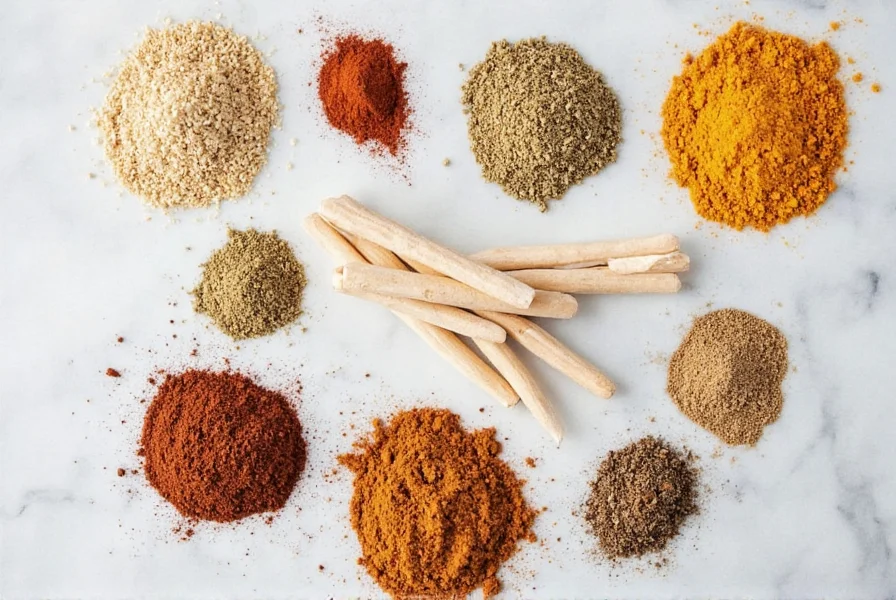
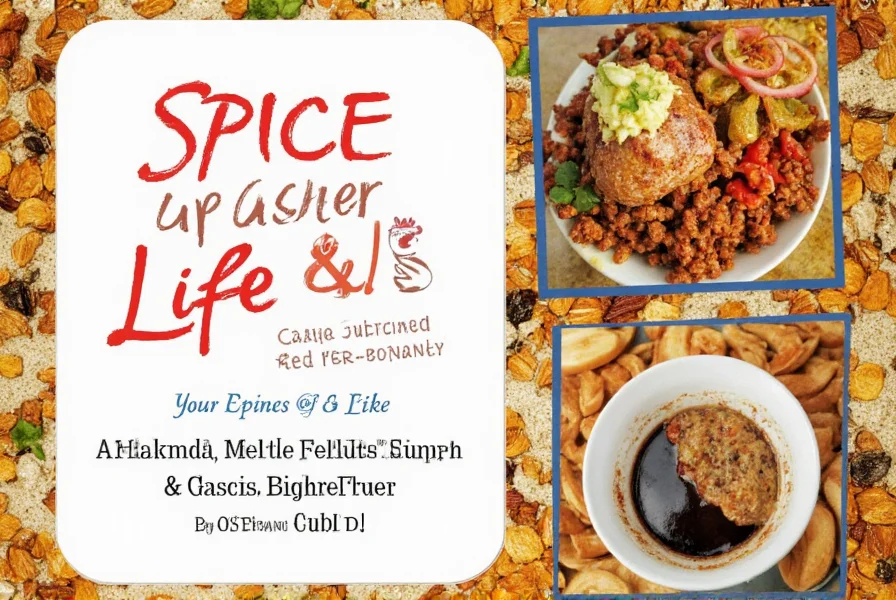
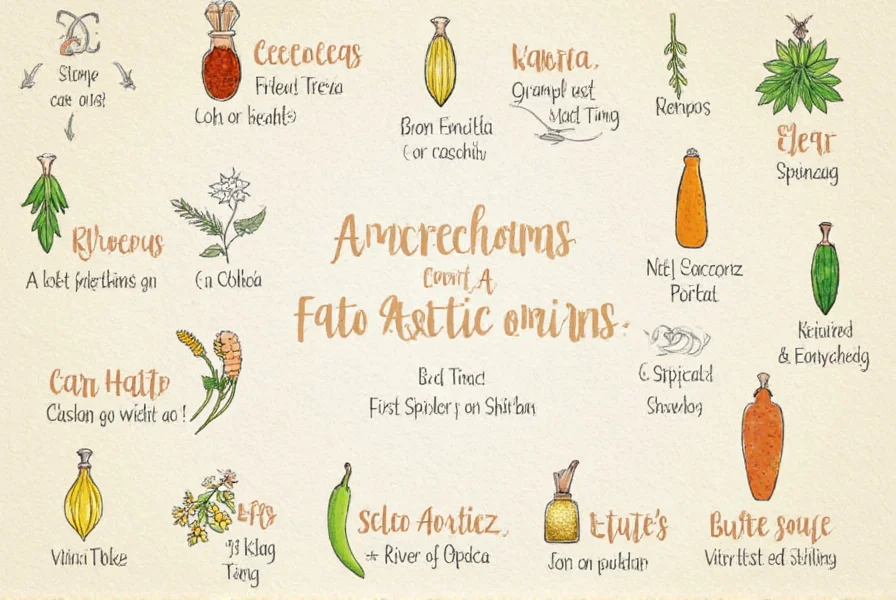
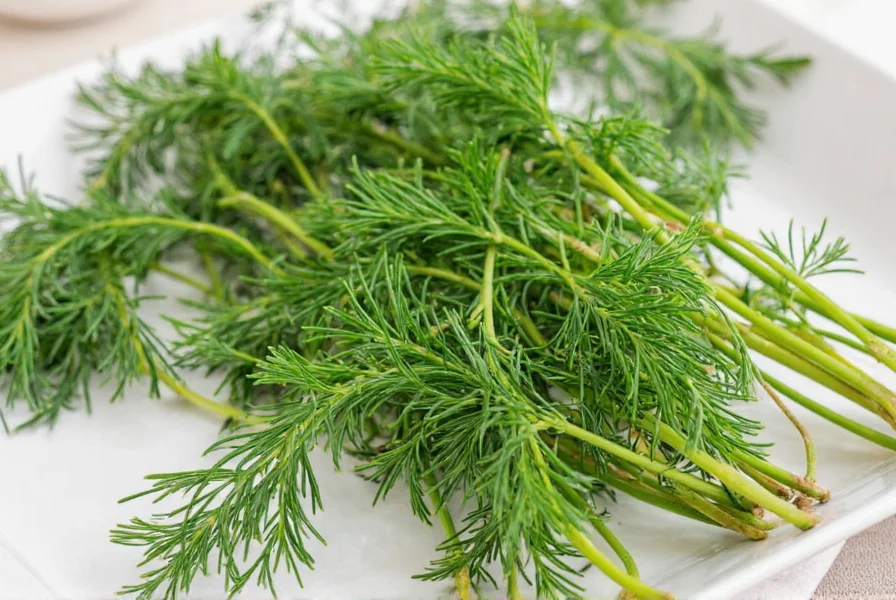
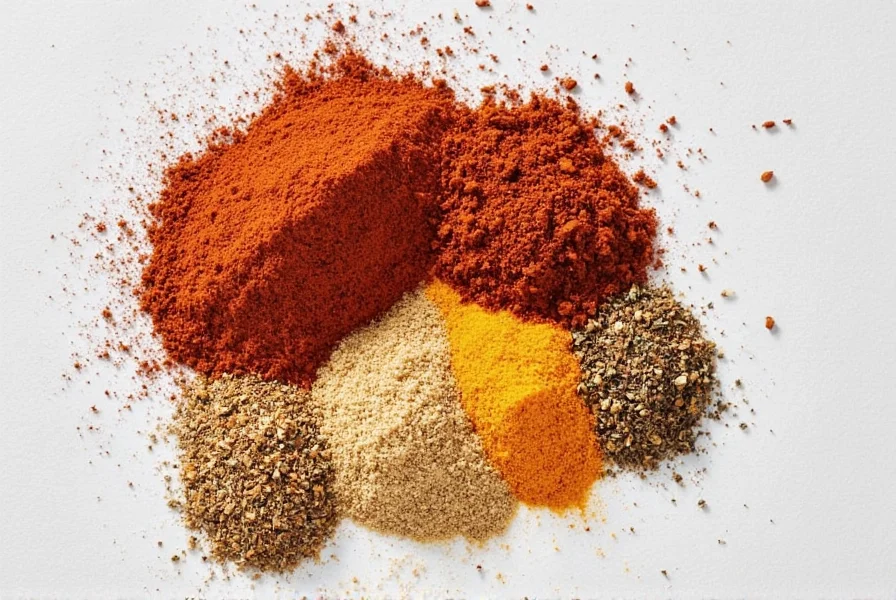
Remember, the goal is to enhance the natural flavors of your ingredients—not overpower them. With a bit of practice, you’ll be able to create mouthwatering dishes that bring the spirit of Louisiana right to your kitchen.
Buying Guide for Cajun and Creole Spices
If you’re ready to start cooking with Cajun and Creole spices, it’s important to choose high-quality products that will deliver the best results. Here’s a quick buying guide to help you make the right choice:
Top Cajun Spice Blends
- McIlhenny Tabasco Original Red Pepper Sauce – Perfect for adding a fiery kick to any dish. Ideal for those who love heat.
- Old Bay Seasoning – A classic blend known for its bold flavor and versatility. Great for seafood, potatoes, and even cocktails.
- Dixie Crystals Cajun Seasoning – A rich, smoky blend that works well with meats and vegetables. Suitable for both casual and formal meals.
Top Creole Spice Blends
- Kraft Creole Seasoning – A balanced mix of spices that adds depth and complexity to any recipe. Perfect for beginners.
- Lipton Creole Seasoning – A popular choice among home cooks. Adds a touch of sweetness and warmth to dishes like gumbo and étouffée.
- Sabra Creole Blend – A premium option that delivers a rich, full-bodied flavor. Ideal for special occasions and gourmet cooking.
When purchasing, always check the ingredient list. High-quality blends should contain only natural spices and no unnecessary fillers or artificial additives. Also, consider the source—local markets or specialty stores often offer fresher, more authentic options.
Conclusion
Cajun and Creole spices are more than just seasonings—they’re a gateway to a vibrant culinary tradition that celebrates flavor, culture, and community. Whether you're preparing a cozy family dinner or hosting a festive gathering, these spices can transform your dishes into something truly memorable.
So why not spice up your life today? Experiment with different blends, try new recipes, and let the bold flavors of Louisiana inspire your next meal. Remember, the best part of cooking is the joy of discovery—and with Cajun and Creole spices, the possibilities are endless.
Expand your horizons and experience the true essence of Cajun and Creole cooking—one flavorful bite at a time.

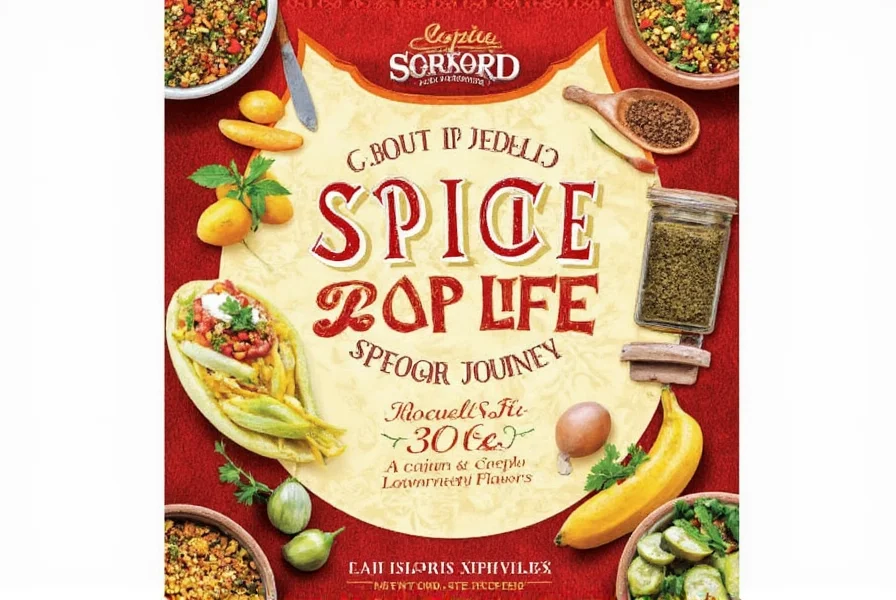









 浙公网安备
33010002000092号
浙公网安备
33010002000092号 浙B2-20120091-4
浙B2-20120091-4